The 1997 National Scout Jamboree was held at Fort A.P. Hill, Virginia, from July 28 to August 6 with the theme “Character Counts . . . Be prepared for the 21st Century”. 36,015 Scouts participated in the Jamboree.
1997 marked another year for expansion for the OA at the Jamboree. The OA conducted four programs at the jamboree: OA Service Corps, The Outdoor Adventure Place (or TOAP), the OA Indian Village, and a new idea “Odyssey of the Law” program in addition to continuing to provide leadership service for the Youth Services Subcamp.
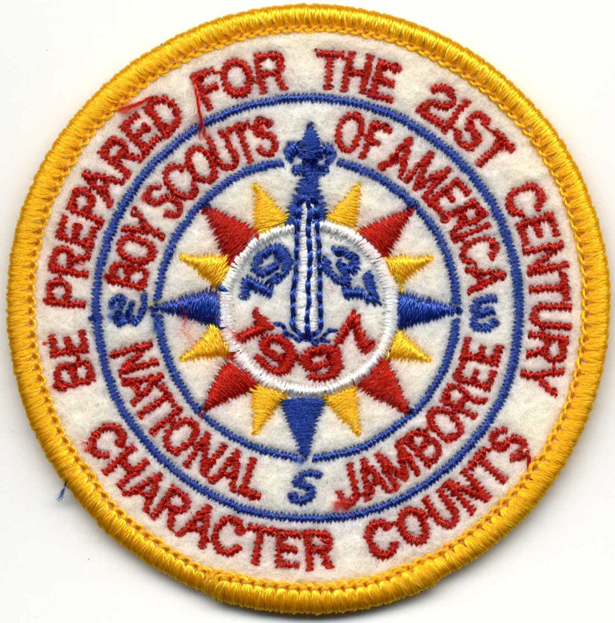
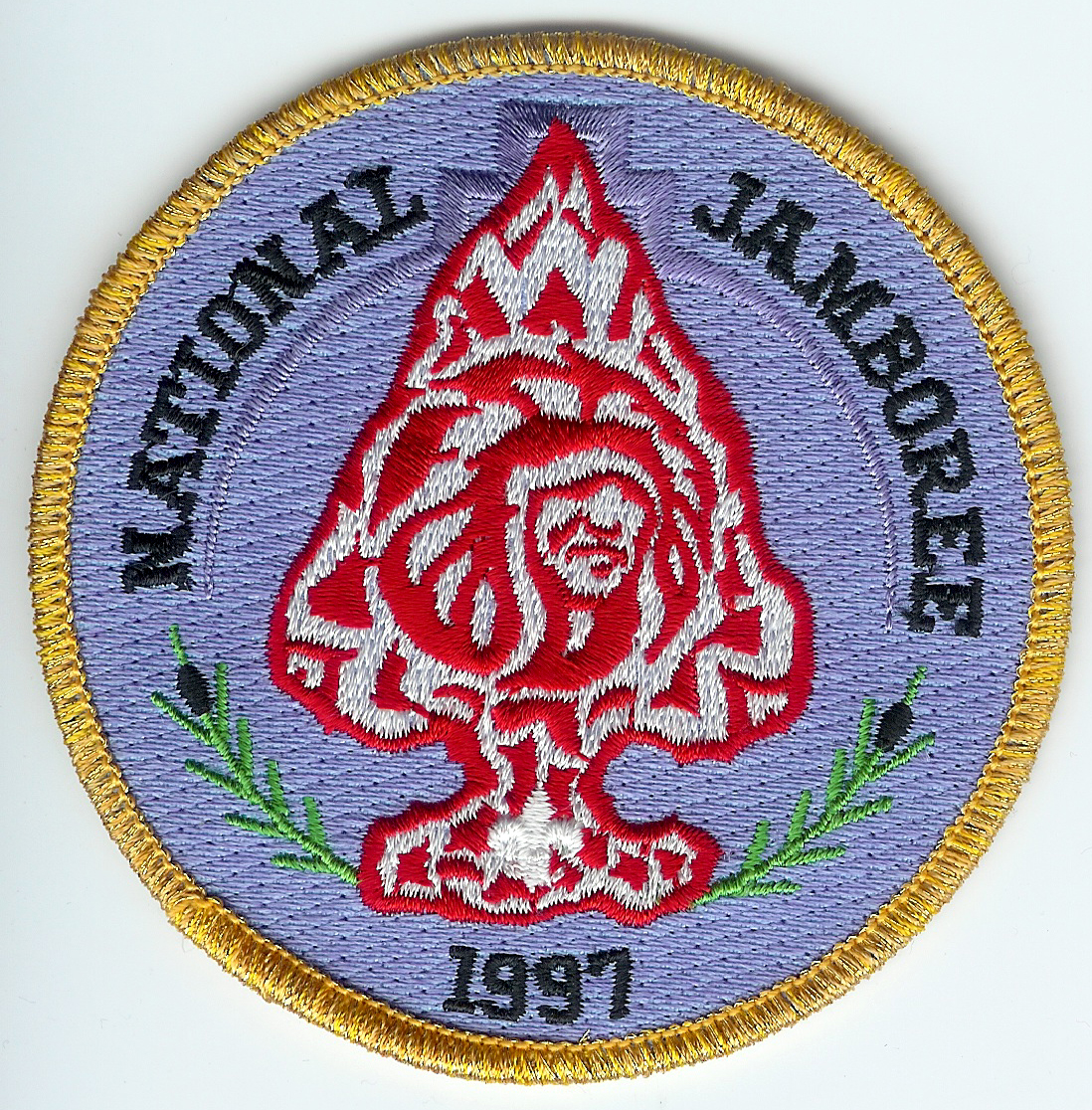 Approximately 150 youth Arrowmen served in the OA Service Corps providing cheerful service at the jamboree as aids, honor guards, runners, arena shows assistants, ushers and a wide variety of other assignments. At the Outdoor Skills Place or TOAP, approximately 60 Arrowmen provided Scouts the opportunity to test their camping and outdoor skills in a model campsite. The latest in Boy Scout equipment was also displayed and demonstrated. At the OA Indian Village, another 60 Arrowmen set up and staffed a Native American Indian village showing Indian culture that included nightly Indian dancing.
Approximately 150 youth Arrowmen served in the OA Service Corps providing cheerful service at the jamboree as aids, honor guards, runners, arena shows assistants, ushers and a wide variety of other assignments. At the Outdoor Skills Place or TOAP, approximately 60 Arrowmen provided Scouts the opportunity to test their camping and outdoor skills in a model campsite. The latest in Boy Scout equipment was also displayed and demonstrated. At the OA Indian Village, another 60 Arrowmen set up and staffed a Native American Indian village showing Indian culture that included nightly Indian dancing.
The Odyssey of the Law was a new area for the OA and instantly became a huge success. Approximately 125 Arrowmen worked together to create and put on an interactive show and video presentation that challenged Scouts to rely on the Scout Oath and Law when making decisions in their lives. This effort was one of the most popular attractions at the jamboree and was attended by over 20,000 participants.
In addition, approximately 18,000 Arrowmen gathered for an arena show to hear from our National officers, learn about OA programs and enjoy special entertainment.
3
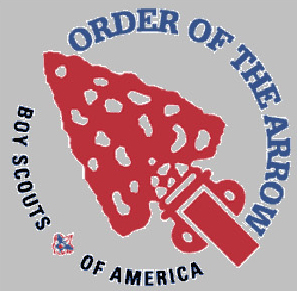 The new logo had actually first been put into use in 1997.
The new logo had actually first been put into use in 1997.
 Approximately 150 youth Arrowmen served in the OA Service Corps providing cheerful service at the jamboree as aids, honor guards, runners, arena shows assistants, ushers and a wide variety of other assignments. At the Outdoor Skills Place or TOAP, approximately 60 Arrowmen provided Scouts the opportunity to test their camping and outdoor skills in a model campsite. The latest in Boy Scout equipment was also displayed and demonstrated. At the OA Indian Village, another 60 Arrowmen set up and staffed a Native American Indian village showing Indian culture that included nightly Indian dancing.
Approximately 150 youth Arrowmen served in the OA Service Corps providing cheerful service at the jamboree as aids, honor guards, runners, arena shows assistants, ushers and a wide variety of other assignments. At the Outdoor Skills Place or TOAP, approximately 60 Arrowmen provided Scouts the opportunity to test their camping and outdoor skills in a model campsite. The latest in Boy Scout equipment was also displayed and demonstrated. At the OA Indian Village, another 60 Arrowmen set up and staffed a Native American Indian village showing Indian culture that included nightly Indian dancing.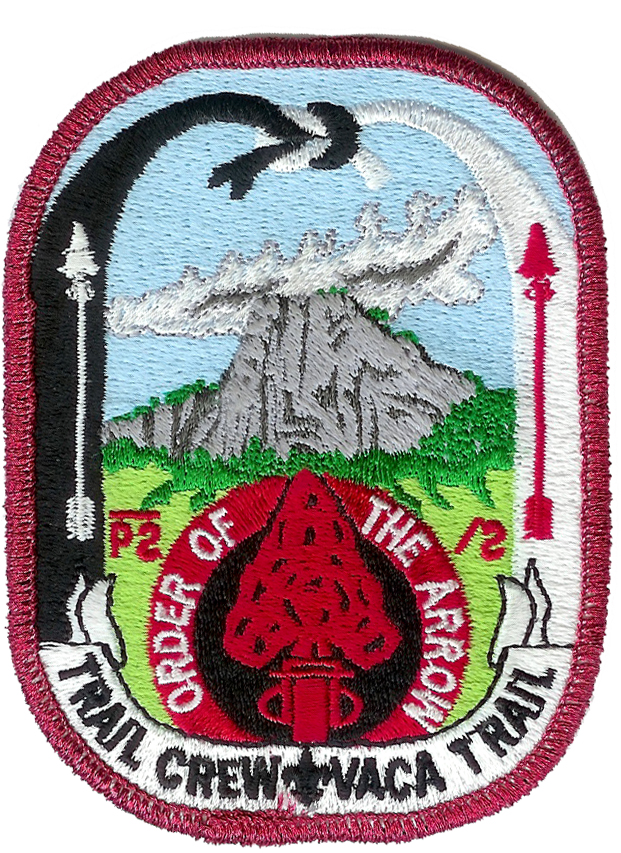 O
O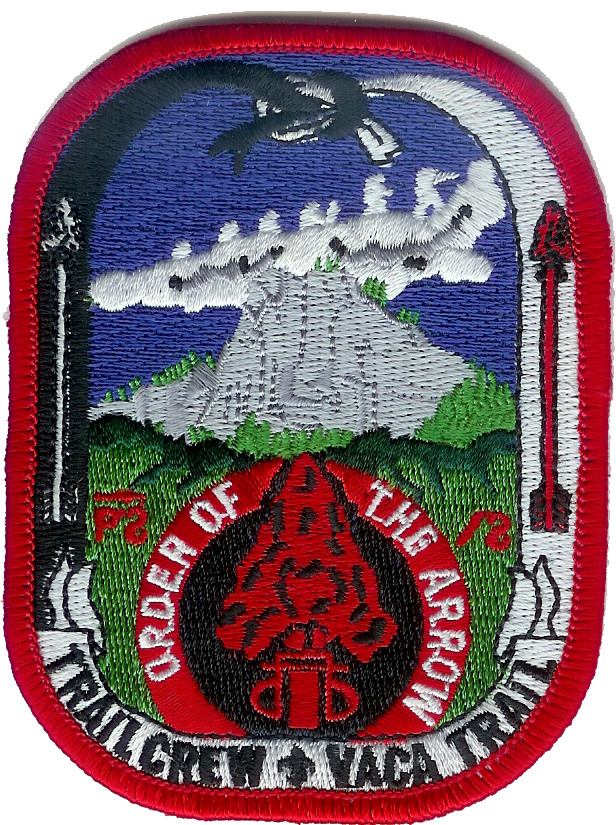 ver 150 Arrowmen, including many past and present participants, staff members, members of the
ver 150 Arrowmen, including many past and present participants, staff members, members of the 
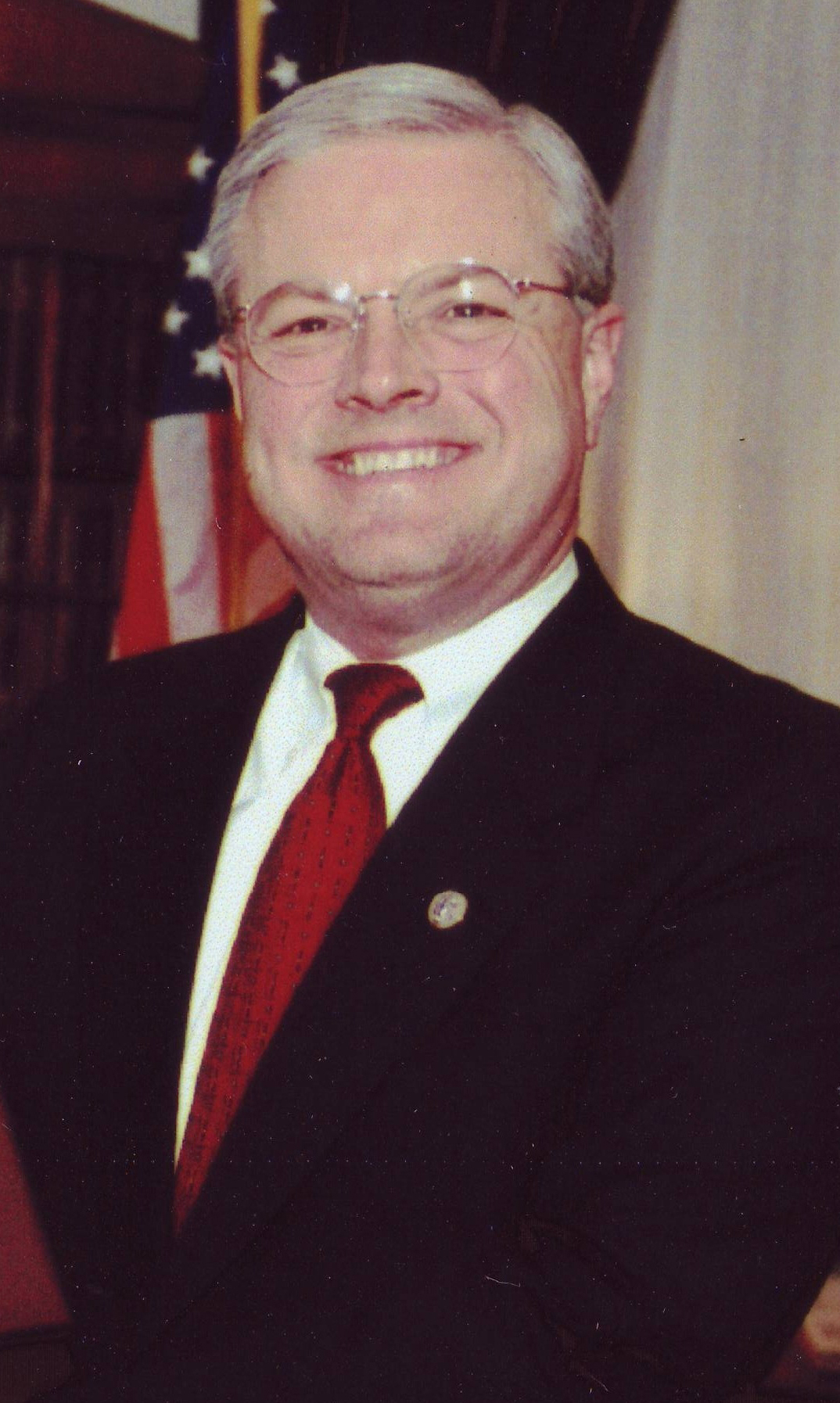 erved as camp director and camp staffer and as deputy conference vice chief for administration at the
erved as camp director and camp staffer and as deputy conference vice chief for administration at the 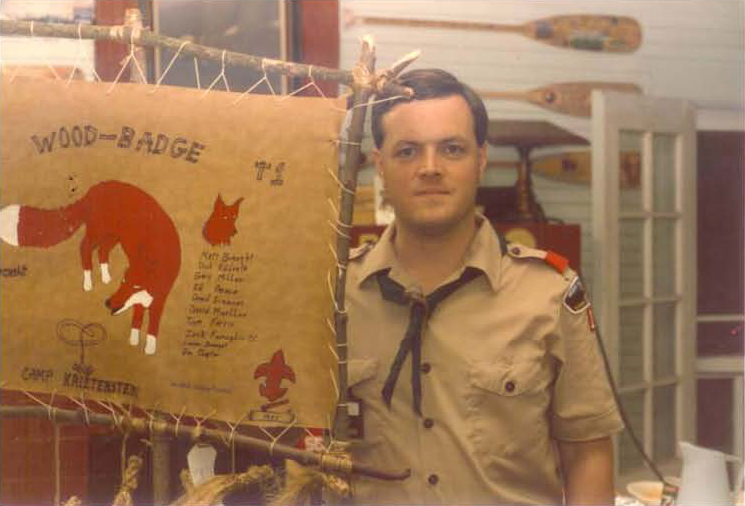 ave included, camp staff Director, and Council President, Wabash Valley Council, Associate Lodge Adviser, Section EC-4A Adviser, East Central Region Order of the Arrow chairman and member of the National Advisory Board of the BSA.
ave included, camp staff Director, and Council President, Wabash Valley Council, Associate Lodge Adviser, Section EC-4A Adviser, East Central Region Order of the Arrow chairman and member of the National Advisory Board of the BSA.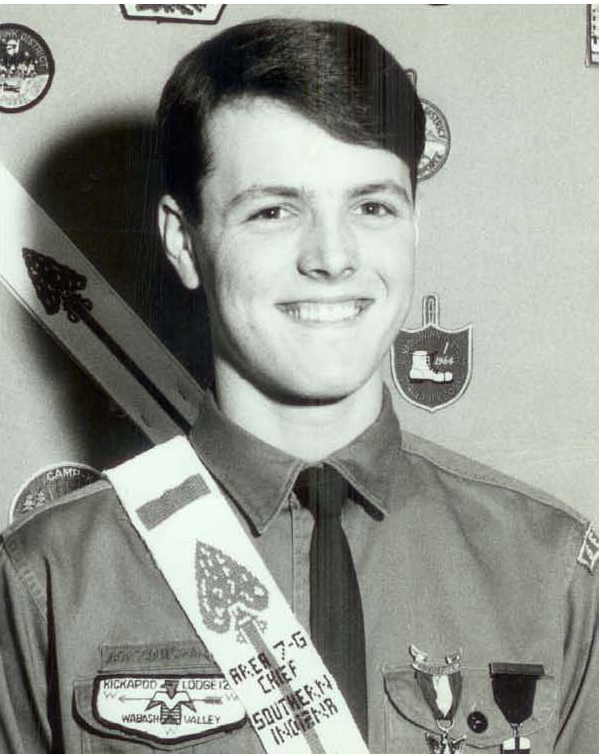 As a youth, Ed received the God and Country Aw
As a youth, Ed received the God and Country Aw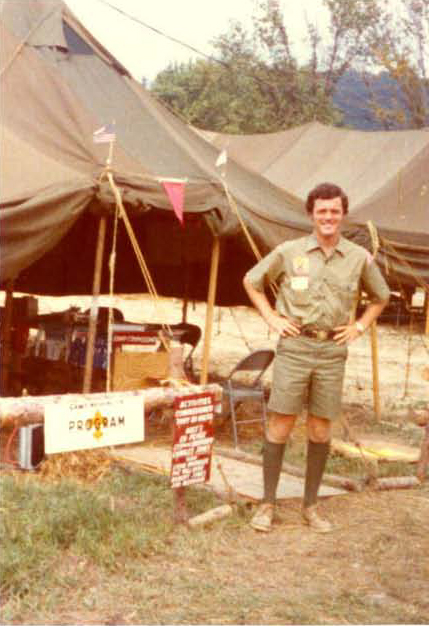 ard and in
ard and in 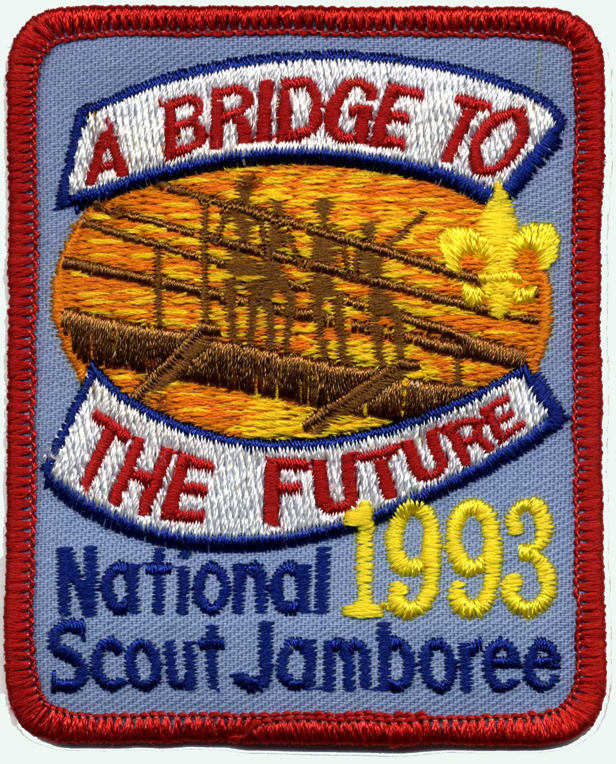 T
T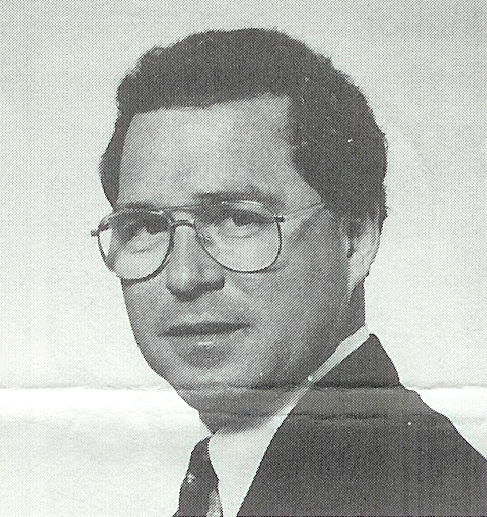 The new appointed National Director was Clyde M. Mayer. Mayer brought 19 years of professional Scouting experience with him including serving as an Assistant Scout Executive and Scout Executive in Illinois.
The new appointed National Director was Clyde M. Mayer. Mayer brought 19 years of professional Scouting experience with him including serving as an Assistant Scout Executive and Scout Executive in Illinois.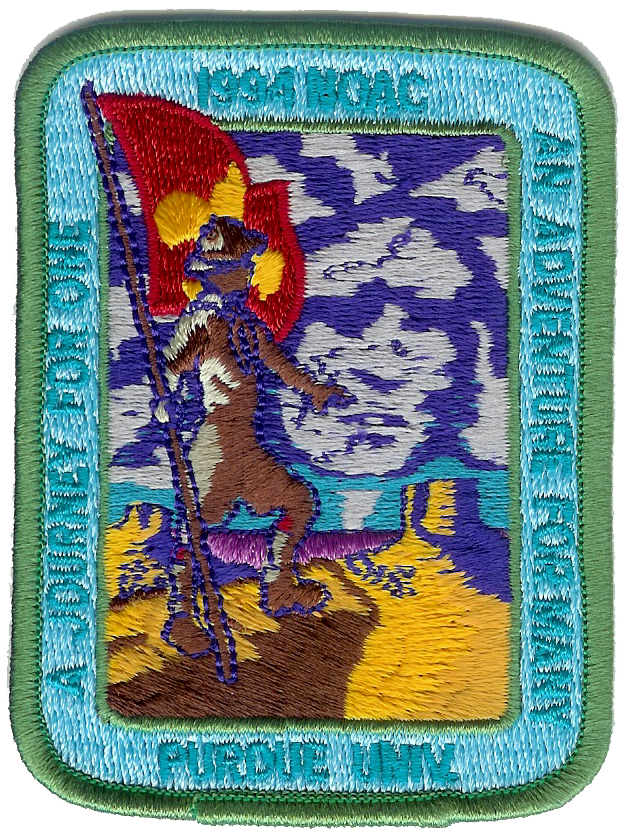
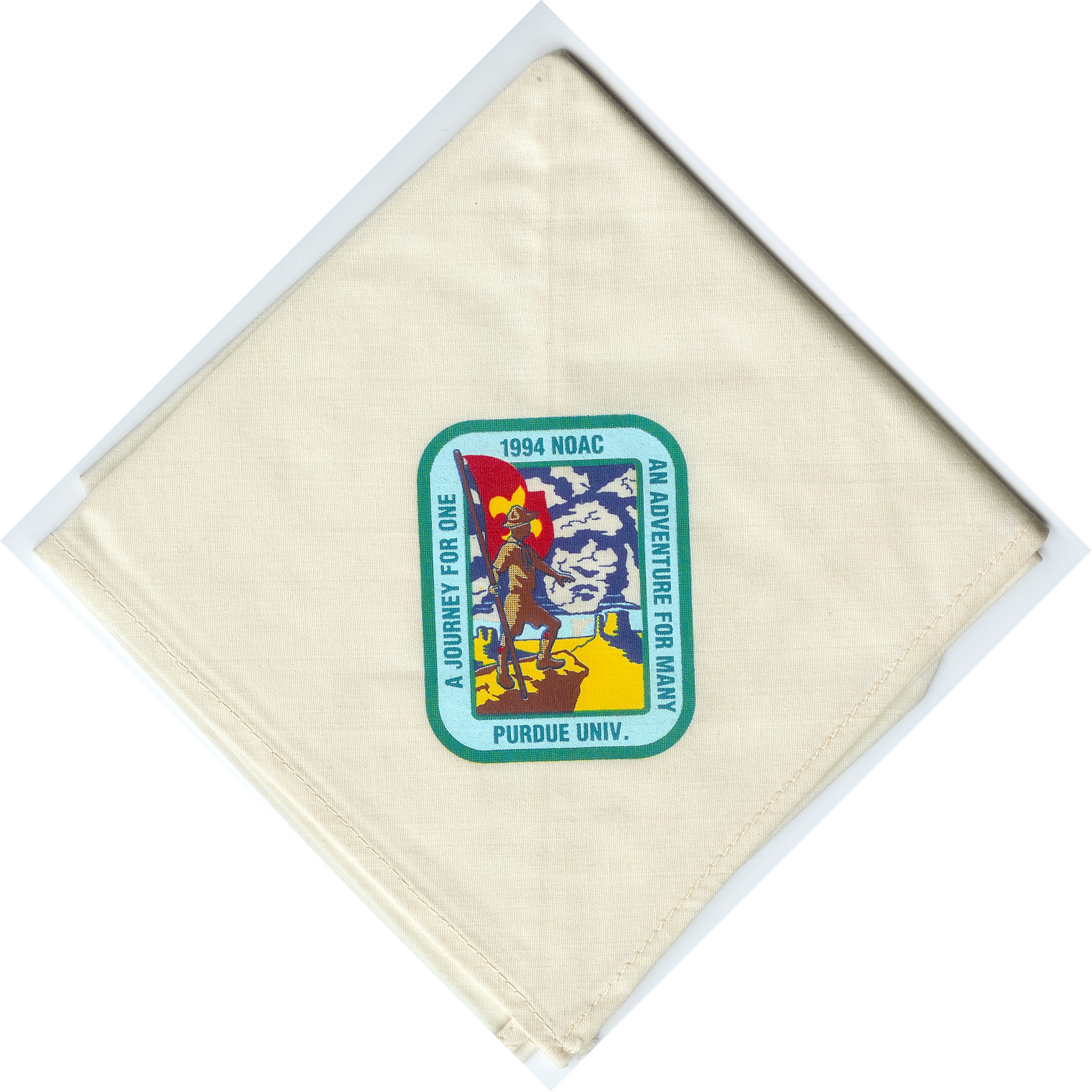 The theme for the 1994 conference was "A Journey for One, An Adventure for Many". Even though the NOAC acronym had been in usage for over twenty years, the 1994 Conference patch was the first to actually have “NOAC” on it. Virtually all Nationally issued conference memorabilia since has used the term.
The theme for the 1994 conference was "A Journey for One, An Adventure for Many". Even though the NOAC acronym had been in usage for over twenty years, the 1994 Conference patch was the first to actually have “NOAC” on it. Virtually all Nationally issued conference memorabilia since has used the term.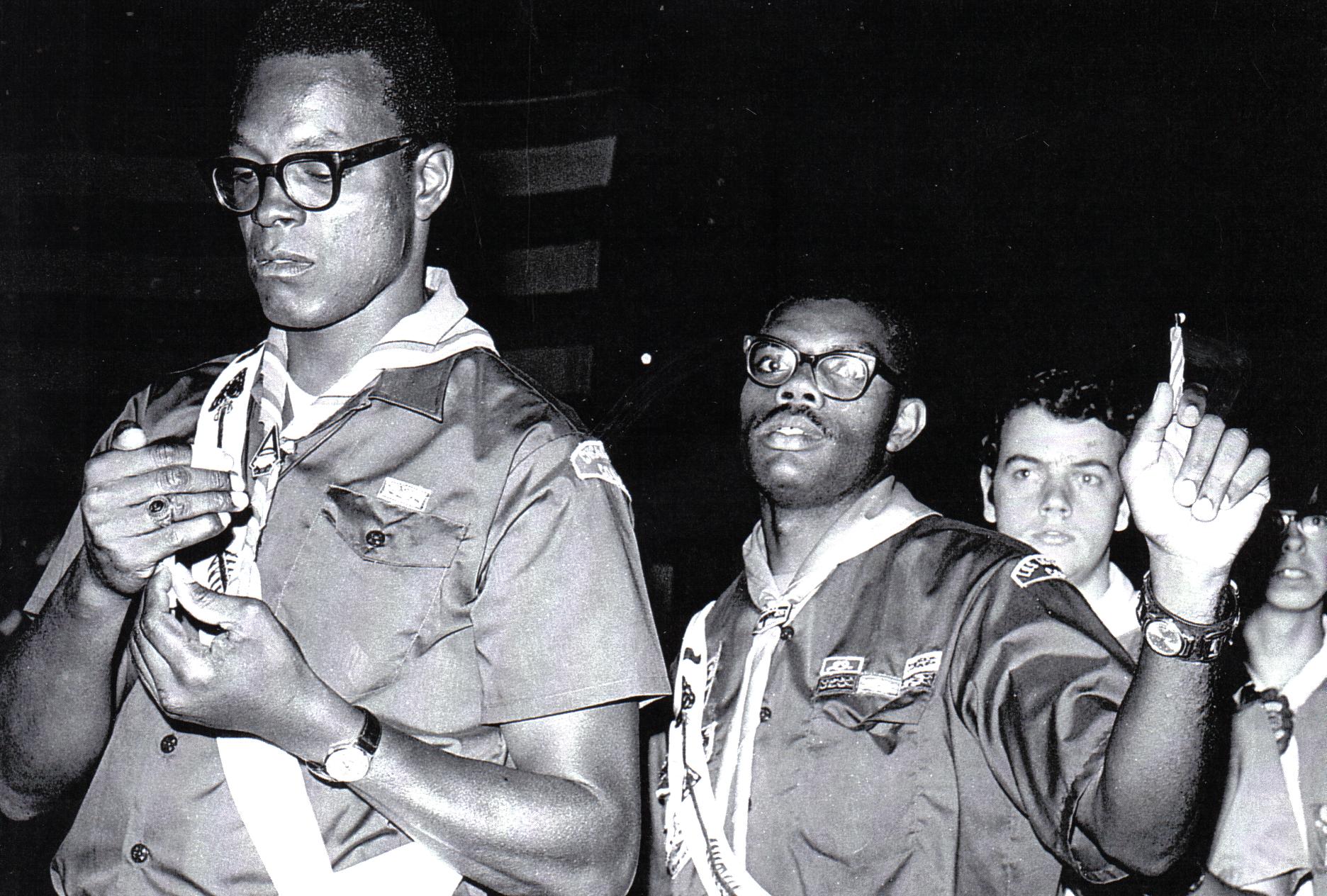
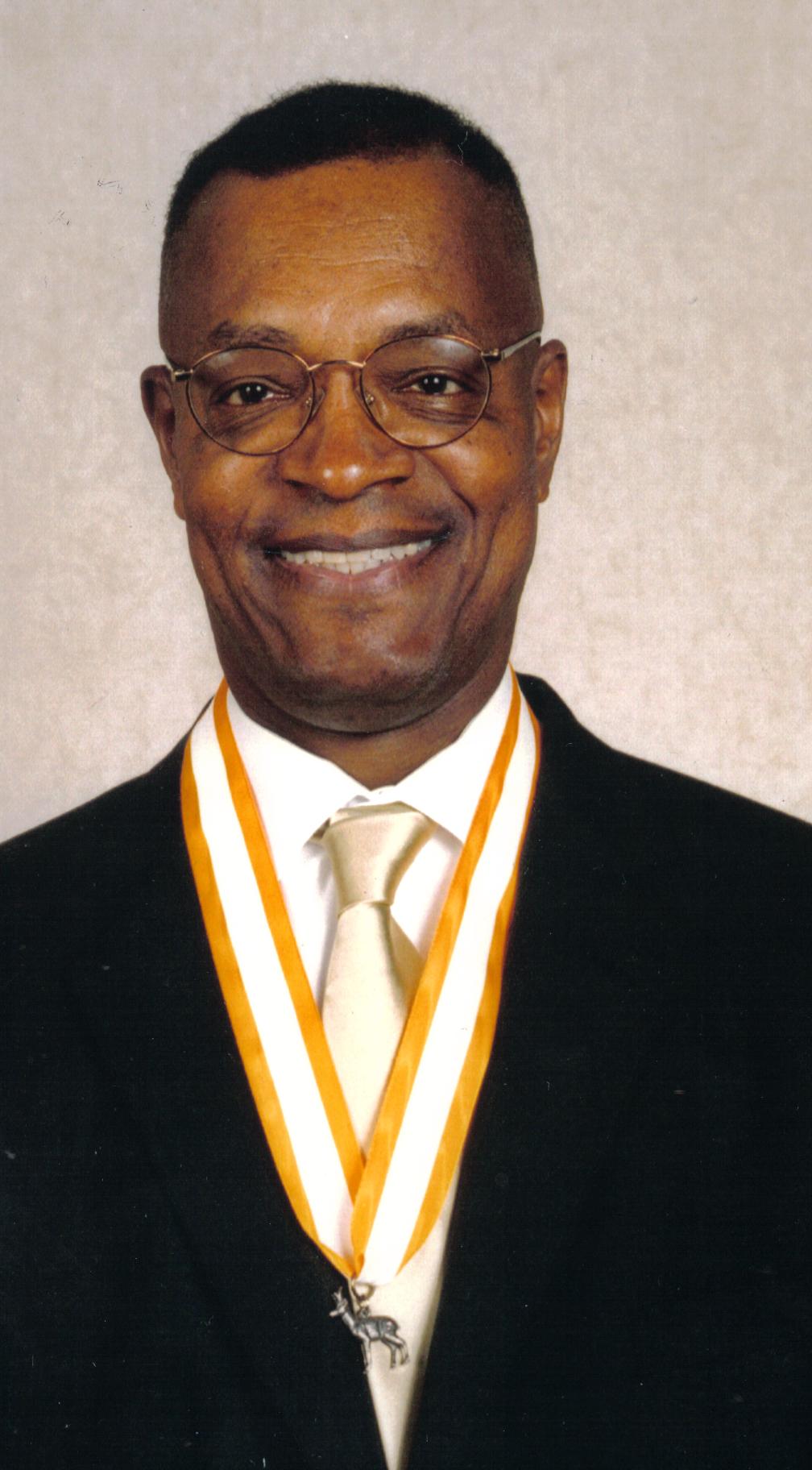 As a youth John Brown attended the segregated summer camp, Camp Belnap and was a member of the segregated
As a youth John Brown attended the segregated summer camp, Camp Belnap and was a member of the segregated